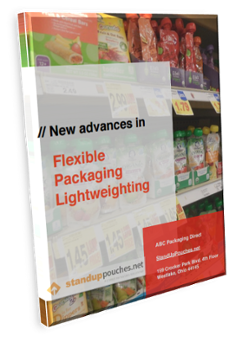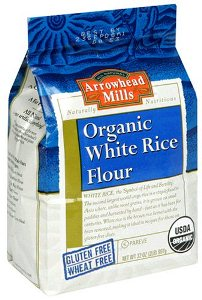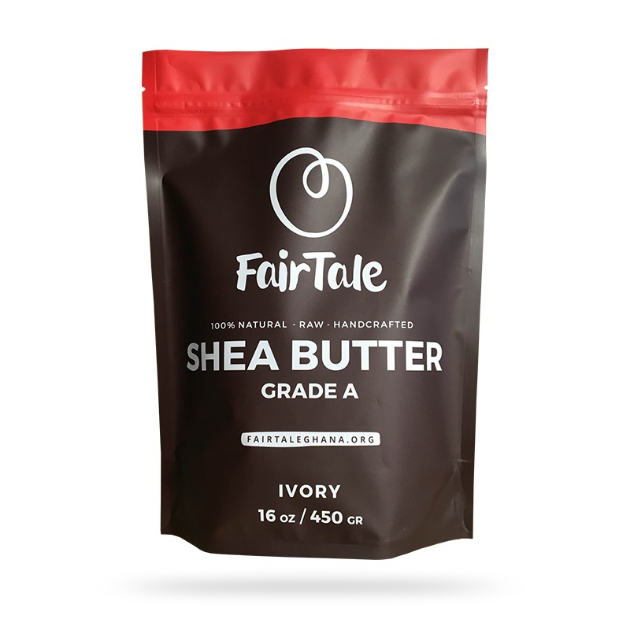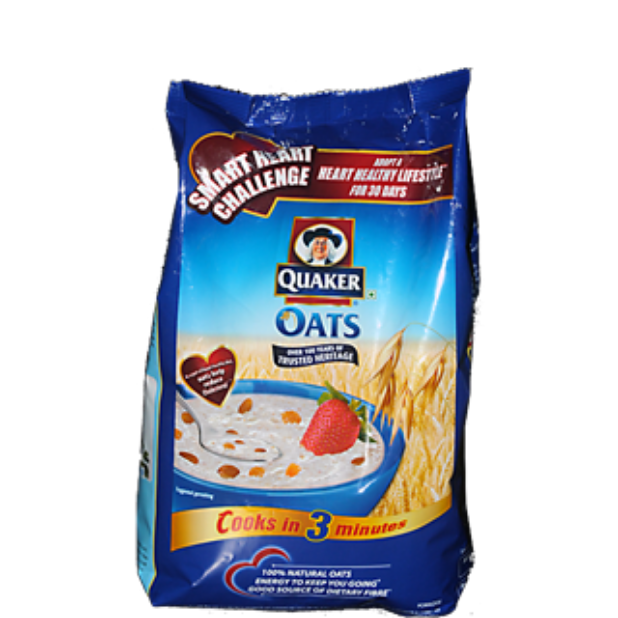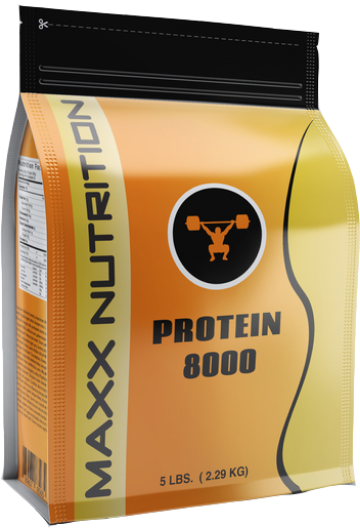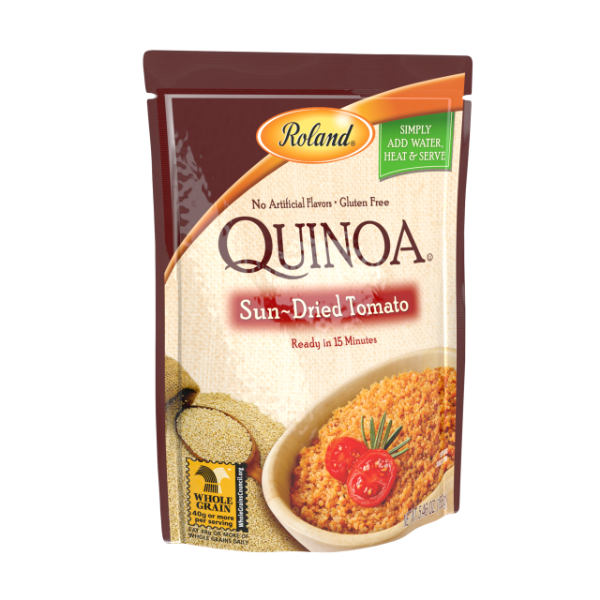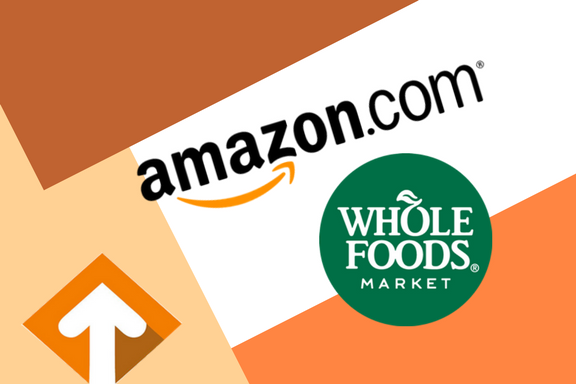
The announcement that Amazon is buying Whole Foods was arguably one of the biggest industry news stories to kick off summer 2017.
Consumers invested in purchasing healthy, sustainable products expressed concerns about a corporate Internet giant taking over a retailer that promotes nutritious products. Others were worried that this would mean an increase in drones, robots, and automation replacing jobs and actual human contact in brick-and-mortar grocery stores.
Since we primarily work with small and mid-market brands that create products for these types of concerned consumers, we’ve been keeping a close watch on the Amazon-Whole Foods news to determine what implications this will have on CPG businesses.
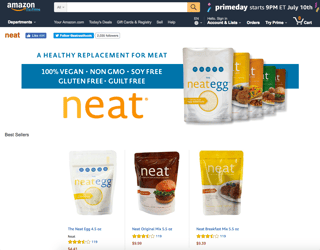
Grocery stores are notably slow to embrace innovation, compared to other retailers. However, with Amazon on its side, Whole Foods has the potential to completely change the way we shop for and purchase food and related products. Will we see drones delivering moringa and granola to customers’ doorsteps? It’s hard to say for sure at this point, but if this becomes a reality, the need for durable and innovative product packaging is a must.
Amazon has received a fair share of backlash for its use of excessive packaging when shipping out products to customers. It’s not uncommon to see a large cardboard box on your doorstep with tons of extra space and slack fill inside. A big reason we’re seeing a rise in the adoption of flexible retail packaging is because its an all-in-one solution that reduces excess packaging materials, which means less waste, less crowded landfills, and cost savings.
It’s no secret that it is much cheaper to ship flexible retail packaging because it weighs less and takes up less room than rigid boxes. It is also a more sustainable solution for these reasons. Less trucks are needed to transport packaging like stand up pouches, which means a reduced carbon footprint and less carbon emissions. (Sounds like something a Whole Foods shopper would be interested in, no?)
The Amazon-Whole Foods merger could mean great things for brands that appeal to consumers who are concerned about their health and wellbeing, as well as the health and wellbeing of their environment.
The partnership will be a win for Amazon as it works to change its brand image into a more sustainable company. It will help promote brands that are already using flexible retail packaging for their healthy products. Amazon would be wise to learn lessons from Whole Foods as they move forward, including embracing lighter packaging that uses less materials but is durable enough to keep products safeguarded from the warehouse, during transportation, and finally to the customer’s preferred destination.
Another implication this merger will have for CPG brands is the need for a consistent brand image, one that carries the customer from the online world to their physical shopping environments. We know packaging is an excellent way to help companies build their brand images — it’s the first thing people see on the retail shelves, after all, and with custom printing, the package can visually communicate the same logos, text, branding, color schemes, graphics, and so on that consumers associate with the company when interacting with it online or through social media before or after they're in a physical store.
Amazon has dominated ecommerce, and Whole Foods is an undisputed leader in the physical supermarket space. Brands should be excited about this partnership, because it opens up new avenues for getting their products in the hands of consumers. Millennial shoppers, in particular, can shop for a product in eye-catching packaging on Amazon, then maybe decide to go to Whole Foods to pick it up. Or, it could go the opposite way: People see a high-quality pouch at Whole Foods and decide to buy it and try it out, then when they finish the bag, they can log on to Amazon to order a bulk case of it so they don’t run out.
The possibilities are endless, but the big picture is that brands need to make sure they have a consistent brand image and visual messaging — as well as lightweight, durable packaging — that are cohesive with both the online and offline shopping experience.
As we’ve pointed out, one of the weak points for grocery stores has been innovation, and that includes having a strong, user-friendly online presence. This is understandable because, traditionally, consumers have been less inclined to want to order food online due to concerns of spoilage.
However, as we’ve seen with the rise of popular food-delivery apps, times have changed. Consumers want healthy, fresh food at the tap of a screen or click of a mouse. The Amazon-Whole Foods merger allows brands to reach consumers anytime, anywhere. But they need to have retail packaging that will bridge the gap between online and offline while keeping their products fresh, safe, and intact… without the use of extraneous cardboard packaging.

